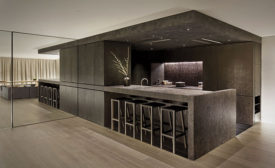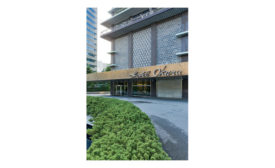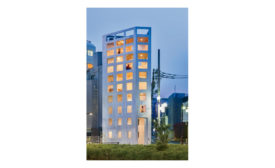Home » Tokyo
Articles Tagged with ''Tokyo''
Go Hasegawa and Associates
Finding inspiration in quirky, leftover urban sites, an architect makes the job of fitting in a defiant act of design.
Read More
Louis Vuitton Matsuya Ginza Facade
Architect Jun Aoki's new facade for Louis Vuitton in Tokyo's Ginza district is a glowing tour de force that sets the shop apart from the Matsuya Department Store that houses it.
Read More
Copyright ©2024. All Rights Reserved BNP Media.
Design, CMS, Hosting & Web Development :: ePublishing


